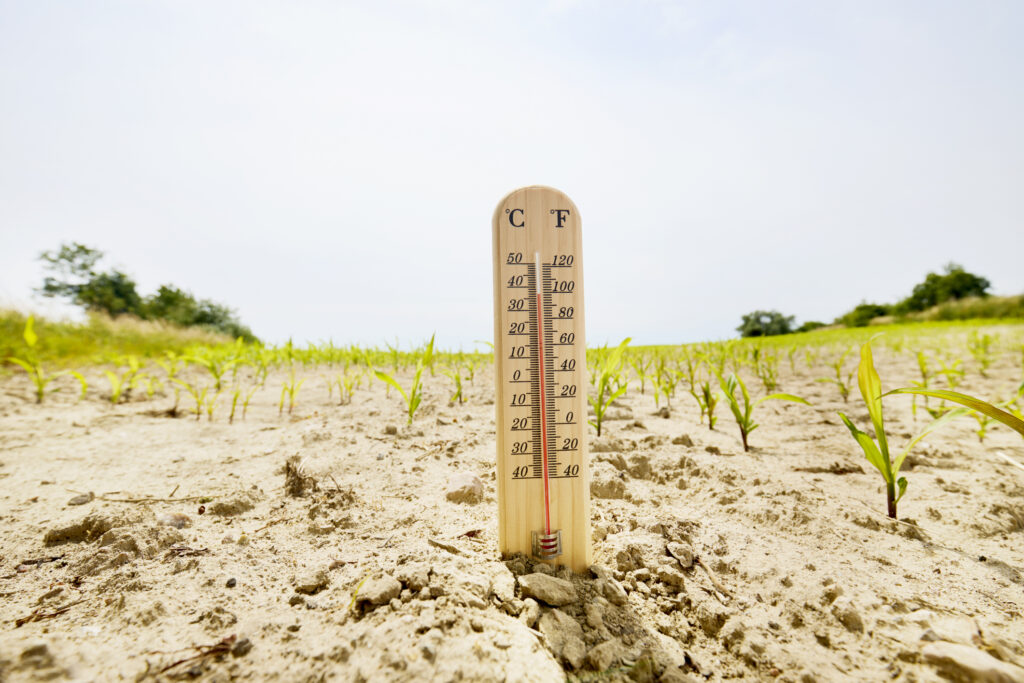Carbon dioxide emissions are not the primary factor in recent global warming, a newly published peer-reviewed study reports. To the extent humans are enhancing the planet’s natural recovery from the Little Ice Age, CFCs (chlorofluorocarbons) are the primary driver, University of Waterloo (Ontario) physics professor Qing-Bin Lu reports.
“Conventional thinking says that the emission of human-made non-CFC gases such as carbon dioxide has mainly contributed to global warming. But we have observed data going back to the Industrial Revolution that convincingly shows that conventional understanding is wrong,” said Lu in a press release accompanying his study.
“My calculations of CFC greenhouse effect show that there was global warming by about 0.6 °C from 1950 to 2002, but the earth has actually cooled since 2002. The cooling trend is set to continue for the next 50-70 years as the amount of CFCs in the atmosphere continues to decline,” Lu predicted.
“It was generally accepted for more than two decades that the Earth’s ozone layer was depleted by the sun’s ultraviolet light-induced destruction of CFCs in the atmosphere,” Lu explained. “But in contrast, CRE [cosmic-ray-driven electron-reaction] theory says cosmic rays — energy particles originating in space — play the dominant role in breaking down ozone-depleting molecules and then ozone.”
“Lu’s theory has been confirmed by ongoing observations of cosmic ray, CFC, ozone and stratospheric temperature data over several 11-year solar cycles,” the press release explains.
“CRE is the only theory that provides us with an excellent reproduction of 11-year cyclic variations of both polar ozone loss and stratospheric cooling,” said Lu. “After removing the natural cosmic-ray effect, my new paper shows a pronounced recovery by ~20% of the Antarctic ozone hole, consistent with the decline of CFCs in the polar stratosphere.”
“By demonstrating the link between CFCs, ozone depletion and temperature changes in the Antarctic, Professor Lu was able to draw almost perfect correlation between rising global surface temperatures and CFCs in the atmosphere,” noted the press release.





